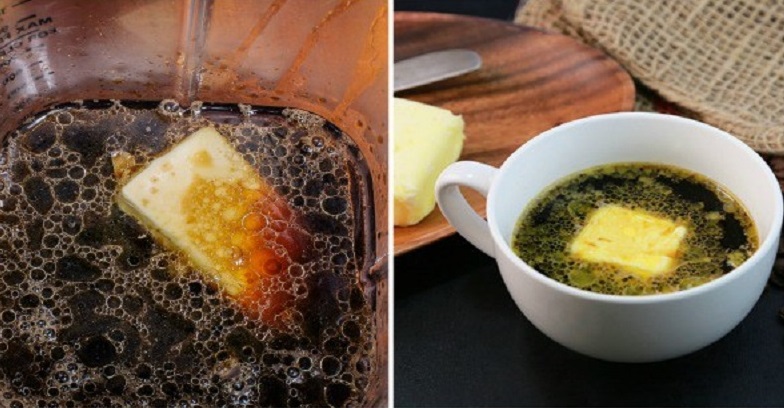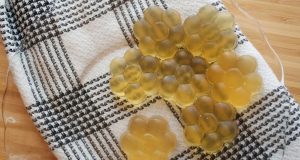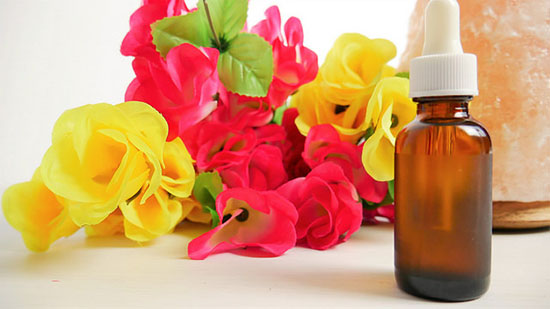If you are one of those people that absolutely adore coffee the following information might be of huge importance to you.
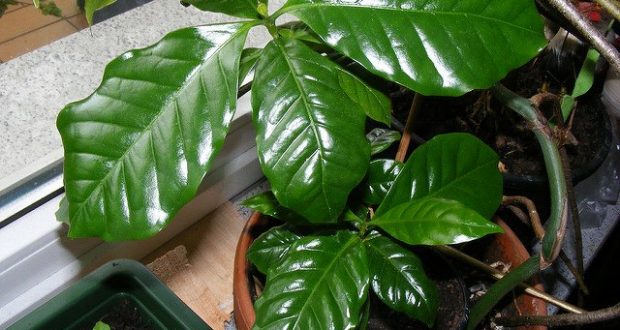
History
Namely, the plant coffea from the Rubiaceae family is easy to maintain and can be a nice decoration to your lovely coffee spot. The plant is of low growth and was discovered circa thousand years ago, assuming it comes from Ethiopia. At first the beans and the leafs were used as a refreshment, only to be later discovered that if baked and ground the beans made quite a good drink. Energetic kind-of granola bars were made by these beans when the African nomads mixed them with animal fat and spices.
The shell of the beans and the leafs were sometimes mixed and that resulted in a beverage very rich in caffeine. This beverage helped the nomads to stay strong and endure the exhausting travels.
Oddly enough, in the 15th century, wine was made from the coffee which helped people to stay awake during night prayer. Towards the end of the 16th century, the Arabs started to bake and to grind the beans and cook a drink very similar to the coffee we know nowadays.
This important secret was long kept, exporting and trading the plant was strongly prohibited. When the coffee made its way to Europe, although through illegal means, it was quickly popularized and soon to be favorite drink of all times.
What most of us don’t know is that this plant is easily bred even in our living room! To make things even better – it looks really beautiful.
Coffea arabica is what is usually grown for decorative purpose. Its shiny green leaves and cherry-like beans make it attractive. Sometimes its height can go up to 33 feet. Coffea arabica nana is of a lower growth and the most popular as well.
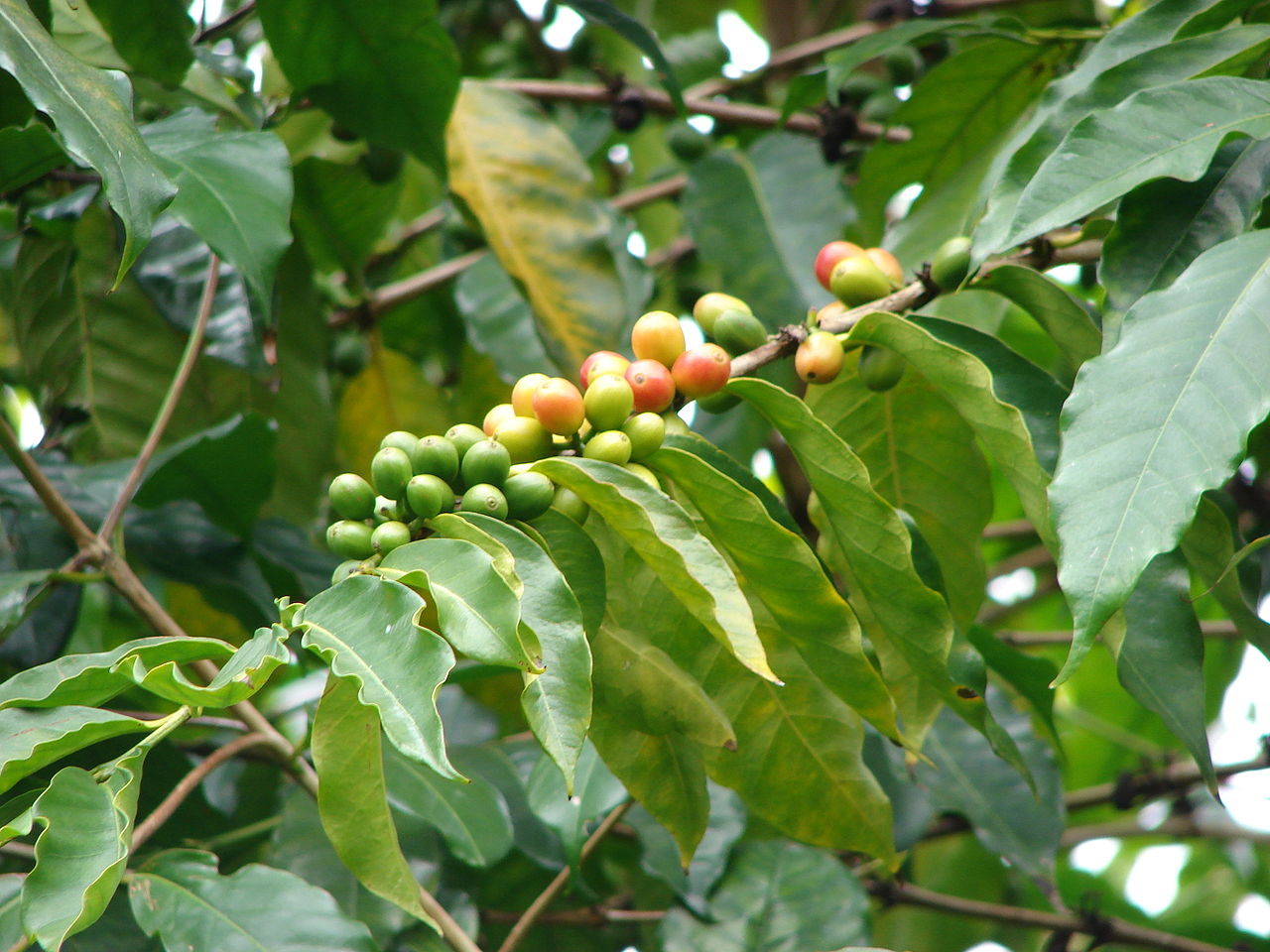
It mostly grows in tropical forests at about 1900 – 5900 ft. Its leaves have bright green color, round shape, with wavy edges, Along the branch grow white flowers whose smell reminds us of an orange flower and jasmine. They quickly turn into beans, green in the beginning, yellow afterwards, and when fully matured the color turns into dark red. This is the phase where they look the most attractive.
There are two seeds inside the solid shell. This kind is not really demanding, but has to be away from other plants. Make sure you keep in mind they grow out in average up to 10 ft. Keep it in a bright spot and cut it every spring. East side is the most convenient for the plant. The plant favors high temperatures, however in winter keep it around 60-64 degrees Fahrenheit. No central heating please, the plant doesn’t like dry air.

During the summer, watering the plant should be taken seriously, and sometimes even spraying the leafs. It would be nice if the soil gets a little dry between two sessions of watering, It would also be good if during the summer some mineral or organic fertilizer is used. The plant “rests” during fall and winter, and these are seasons were no fertilizers are needed.
Cofeea arabica is planted in humus or acidic soil in a larger flowerpot. Every second year, the plant might require to be moved in a larger flowerpot and this should be usually done in springtime.
When doing this make sure you leave the roots untouched. If the leafs start to fall, than the place where the plant is might be too dark, so you should move it to a brighter spot just make sure it is not exposed to direct sunlight.
Vice versa, if the leafs are getting a bit too dry, you might want to move it in a slightly darker place. If some of the leafs get too yellow, cut it off.
When the leafs are dry and falling out, the temperature might be too high, so you should move it to a colder spot and be careful watering the plant.
Last but not least, many people wonder if the growth and harvest can be successful and the term “making my own coffee” will get a completely different dimension. Ideal conditions indoors will make it possible for the plant to flower, the flowers will mature and for this process they might need 3-5 years. Furthermore, only a few of them will form a fruit that will contain coffee beans.
Conclusion: you won’t get enough beans for a whole cup of coffee, but you will get a few beans that you can bake and grind for your satisfaction.



